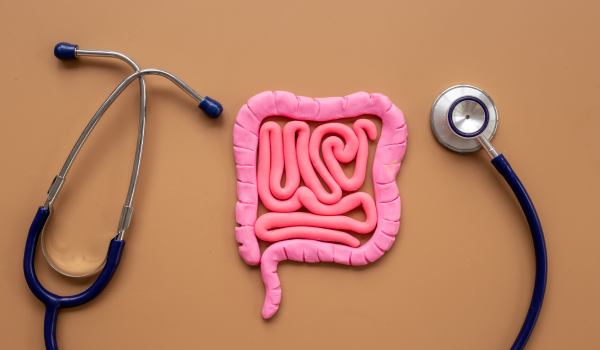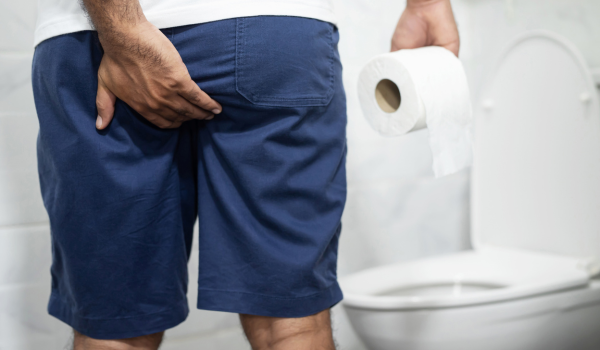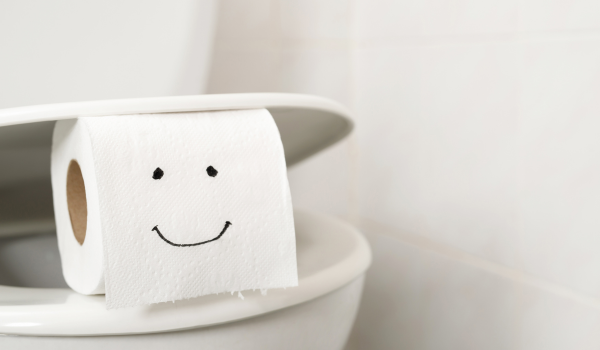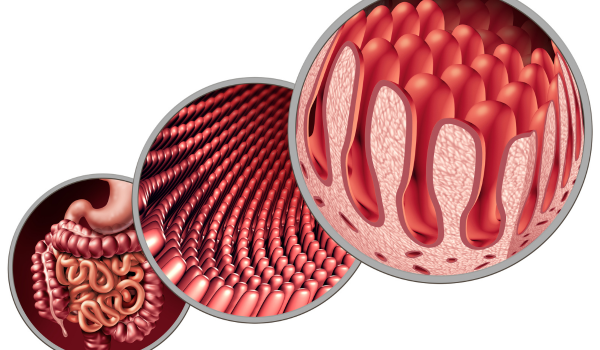
Having healthy stool is a key sign of proper digestive function. Typically, stool should resemble a sausage link or snake in shape and size. However, variations in stool shape are normal from time to time.1
One noticeable change that may concern some people is narrow stool. Sometimes, stool may have a smaller diameter than usual, often appearing thin or pencil-like. While occasional narrow stool may be harmless, persistent narrow stools could indicate underlying health issues, ranging from constipation to more serious conditions like colorectal cancer.2 3
Understanding why your stool is narrow can help you take steps to maintain gut health and seek timely medical care if necessary.
Common Causes of Narrow Stools
Several factors, including diet, medications, and underlying health conditions, can affect stool shape. Some of the most common causes include:
Constipation
Constipation is a frequent cause of narrow stool.4 When stool moves slowly through the intestines, it becomes harder, drier, and can appear thinner than usual.
Causes of Constipation:
-
Low dietary fiber intake
-
Dehydration
-
Certain medications
-
Conditions like Parkinson’s disease
Signs of constipation:
-
Fewer than three bowel movements per week
-
Hard, dry, difficult-to-pass stool
-
Bloating and abdominal discomfort
-
Straining during bowel movements
Increasing fiber intake, drinking plenty of water, and maintaining regular physical activity can help relieve constipation. In some cases, stool softeners or mild laxatives may be recommended by a healthcare provider.
Irritable Bowel Syndrome (IBS)
IBS is a common digestive disorder that can affect stool shape and consistency.6 Individuals with IBS may experience constipation, diarrhea, or alternating episodes of both, which can lead to narrow stools.
Other IBS symptoms:
-
Abdominal pain relieved by bowel movements
-
Bloating and gas
-
Mucus in stool
-
Feeling of incomplete evacuation
-
Fatigue and difficulty sleeping
Managing IBS often involves identifying trigger foods, following a low-FODMAP diet, and stress management. Healthcare providers may also recommend medications to regulate bowel movements.
Diverticular Disease
Diverticular disease occurs when small pouches form in the intestinal wall.7 Repeated inflammation of these pouches can cause scarring that narrows the intestinal passage, making stool thinner and harder to pass.
Other symptoms:
-
Pain in the lower left abdomen
-
Changes in bowel habits (constipation or diarrhea)
-
Symptoms that worsen after eating and improve after a bowel movement
-
Pain when pressure is applied to the abdomen
Treatment may include dietary fiber, probiotics, anti-inflammatory medications, or surgery in severe cases.
Colorectal Cancer
Persistent narrow stools may be a warning sign of colorectal cancer.3 Thin or pencil-like stools can occur when tumors block or restrict the colon.
Other signs of colorectal cancer:
-
Fatigue
-
Blood in stool
-
Constipation or diarrhea
-
Unexplained weight loss
-
Feeling that the bowels are not fully emptied
Early detection is crucial. Screening methods like colonoscopy can help detect cancer before symptoms become severe.
Anal Stenosis
Anal stenosis is a rare condition where scarring narrows the anal canal.10 This condition may result from:
-
Hemorrhoid removal (hemorrhoidectomy)
-
Other anal surgeries
-
Chronic diarrhea or prolonged laxative use
-
Trauma or radiotherapy
-
Infections such as tuberculosis
Symptoms:
-
Painful bowel movements
-
Difficulty passing stool
-
Bleeding in the stool
Severe cases of anal stenosis often require surgical intervention.
When to See a Healthcare Provider
Occasional narrow stool is generally not concerning. However, you should seek medical attention if:
-
Narrow stool persists for more than two weeks
-
Stool continues to get thinner over time
-
Abdominal bloating or pain
-
Blood in stool
-
A sensation of a mass in the rectum
-
No bowel movement for three days
-
Unexplained weight loss
Prompt evaluation ensures timely diagnosis and management of potentially serious conditions.
Diagnostic Methods to Find the Cause
Healthcare providers may use several diagnostic tests to determine why stool is narrow:
-
Digital rectal exam: Checking for irregularities in the rectum
-
Complete blood count (CBC): Detecting infections, anemia, or cancers
-
Imaging tests: Ultrasound, MRI, or X-ray to detect intestinal problems
-
Endoscopy/Sigmoidoscopy/Colonoscopy: Viewing the digestive tract for abnormalities
-
Fecal occult blood test: Detecting hidden blood in stool, indicating ulcers, colitis, or cancer
Early diagnosis is essential for effective treatment.
How to Restore Normal Stool Width
Treatment depends on the underlying cause:
-
Constipation: Increase fiber intake (whole grains, legumes, vegetables, berries, apples, nuts), drink more water, and consider stool softeners if necessary.14
-
IBS: Identify trigger foods, follow a low-FODMAP diet, and discuss medication options with your doctor.6
-
Diverticular disease: Fiber supplements, probiotics, or anti-inflammatory medications may help.15
-
Colorectal cancer: Requires professional treatment such as surgery, radiation, or chemotherapy.3
-
Anal stenosis: Surgical intervention may be necessary.16
Lifestyle adjustments, including regular exercise, hydration, and balanced diet, support healthy bowel function.
A Quick Review
Occasional narrow stool is usually not a concern. Temporary changes can result from constipation or IBS. Persistent or worsening narrow stool may indicate colorectal cancer, diverticular disease, or anal stenosis, requiring medical evaluation.
Maintaining a fiber-rich diet, staying hydrated, and monitoring stool patterns can help prevent and manage narrow stools. Early intervention is key to addressing any serious underlying conditions.


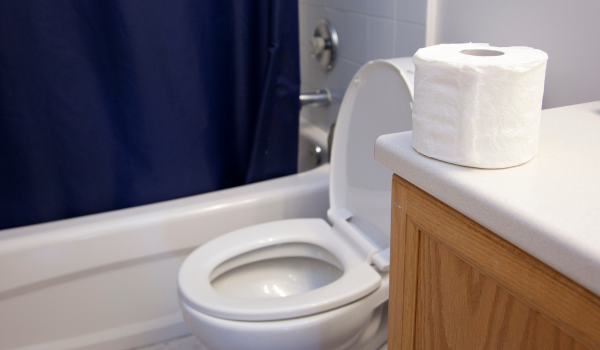


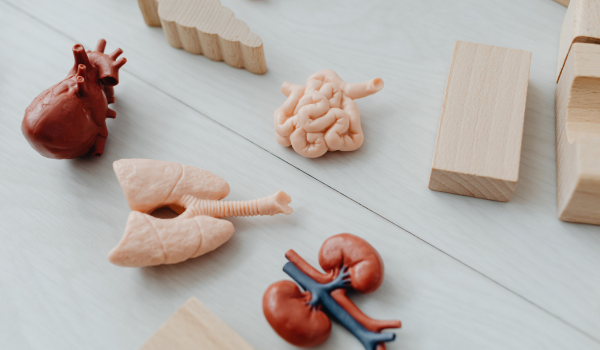
.png)
